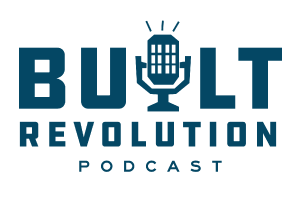Welcome to Episode 1 of Continuum Advisory Group's Strategy Miniseries. In this series, we discuss…
E/C/F and A/E/C Competition: Benchmarking
The purpose of owner E/C/F (Engineering, Construction, and Facilities) teams may seem obvious: build stuff so that business happens. You wouldn’t be wrong, in the same way that a computer’s purpose is to “do math fast.”
The strategic benefits of that team can be harder to identify. Continuum Advisory Group recently completed a study to uncover these benefits and interview people changing the relationship between E/C/F and the internal clients they serve. Above all, we want to show others how.
In our new blog series, we’ll be exploring the results of the study in greater depth. Each blog is focused on one of the eight identified themes from our interviews with 35 diverse corporations.
In our previous installment, we talked about how to benchmark, especially against external competitors. Today for our final installment, we’ll talk about another external source you should lean on: your architecture, engineering, and construction providers (A/E/C.)
Recognize the Potential
Chances are, your E/C/F department has a reliable, consistent list of A/E/C providers. These are the people you’ve tackled projects with time and time again. But often these relationships are transactional. Much as you’ve sought a seat at your company’s strategic table – a way to prove that you’re more than a production house – your A/E/C partners could take a seat at yours!
Many of our respondents indicated that A/E/C partnerships are a great place for ground-level innovation. Chuck Shafer of NiSource even called them “strategic partners in driving continuous improvement and innovation.” Their frequent work with different industries can give you fresh perspectives, and their logistical expertise can speed up project execution. They also stay on the cusp of new technologies, which you can both access through them as well as integrate them into your own processes.
Learn How to Engage
Engaging with A/E/C partners has to be frequent and deliberate. One respondent spoke to us about their “value add day,” a structured engagement where E/C/F and A/E/C providers collaborate and exchange ideas. The regular dates keep things fresh and relevant.
That formalization is also important at the process level; another respondent emphasized “co-learning and co-innovation,” a practice that requires defined processes and candidness. When applied correctly, these processes lead to increased growth for you and your partners.
If you want to read more about how to turn your E/C/F department into a strategic powerhouse, check out our full study here.

